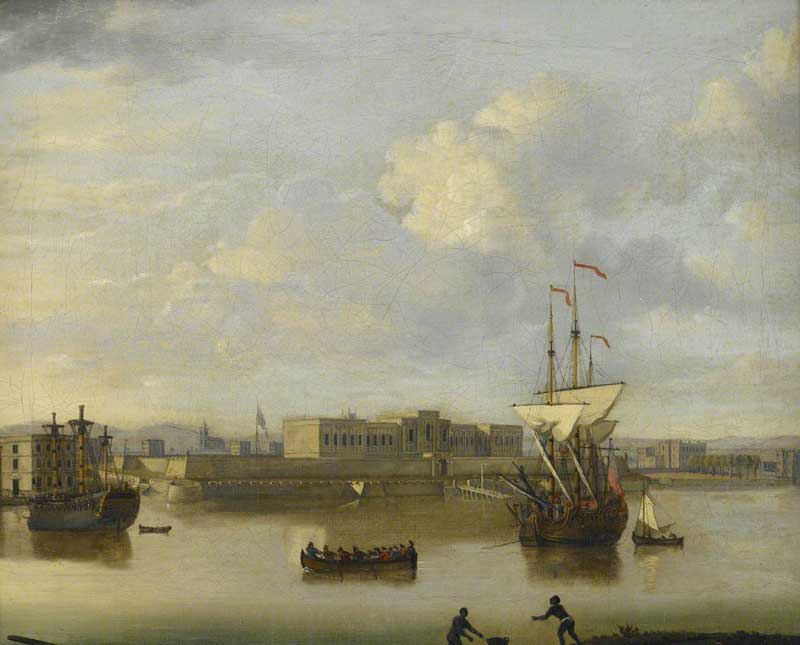
During the early days of the British East India Company in Calcutta, St Anne church was the only available place of worship for the English people.
In 1706, the East India Company constructed their first fort, the old Fort William for the safety of their traders and their trading goods. However, St Anne’s Church was constructed outside the compound of the old fort. Consecrated on 5 June1709, St Anne was the oldest church in the region. Unfortunately, due to unstable political conditions prevailing in those days, the building of the church was not properly maintained and was neglected for a long time. Finally, it became dilapidated by 1722. As there was no protection against the termites, the main supporting wooden beam of the structure became rotten, weak and precarious. After two years, in September 1724 the Church was further damaged by a powerful lightning strike, which required immediate restoration to prevent it from falling. In the mean time, the final blow came soon, when during the temporary occupation of Calcutta by the Mughal troops, the English settlement was deliberately wrecked by the Muslim soldiers and consequently, St. Anne church, the first English Church in Calcutta, was reduced to a heap of ruins.
After some time, when the British company could gain control of the situation, the site of the razed church, along with the adjoining plot was entrusted to Thomas Lyon, a self-styled builder, in 1776, to construct buildings to accommodate the junior office employees or the writers of the British East India Company. It was the beginning of a new chapter in the history of Calcutta, when the Writers’ Building, the first three-storey building in Calcutta was constructed on the site.
It will be not out of place to mention here that, Thomas Lyon was the man, after whom Lyons Range was named.
